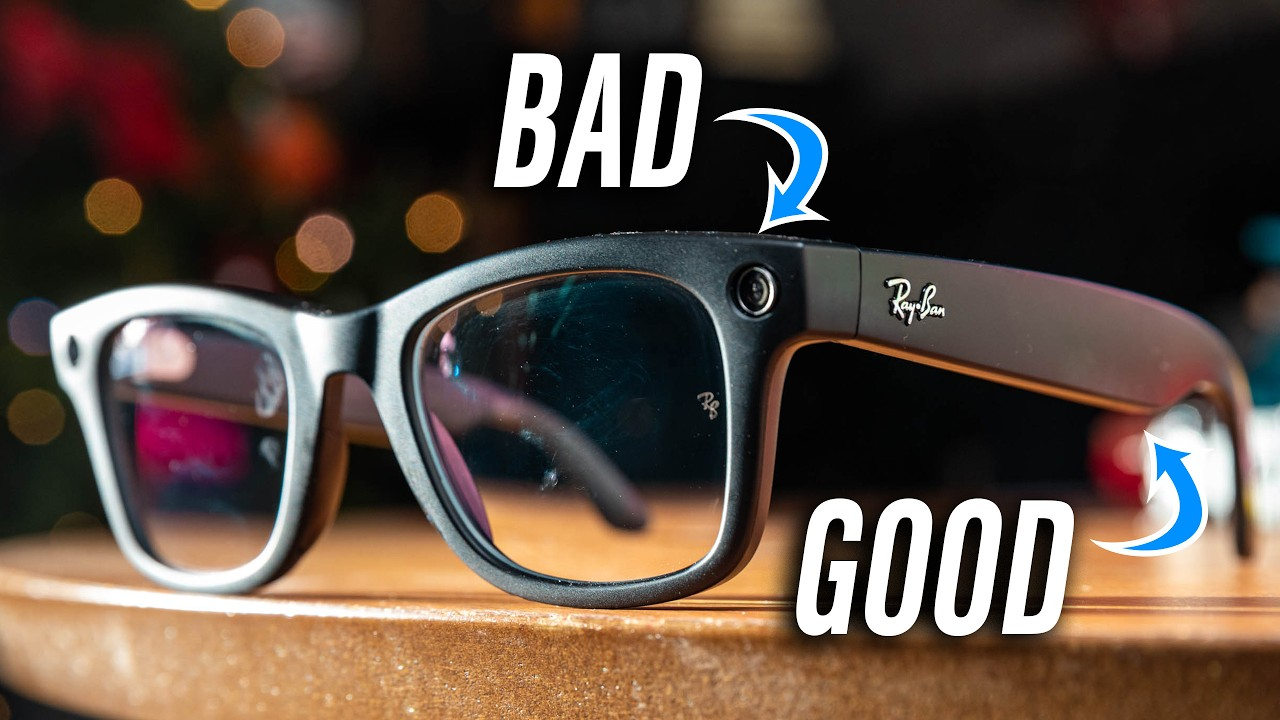
Smart Glasses Are Back… Again
Smart glasses have returned to the tech spotlight. Once mocked and mostly forgotten after the Google Glass era, wearable glasses are getting a second life—this time backed by powerful AI and sleek fashion partnerships. But will they finally live up to the hype?
Google Glass was the first major attempt at mainstream smart eyewear. Launched in 2013, it offered a tiny screen above your eye, a built-in camera, and voice commands. However, it quickly ran into issues—users found them invasive, unfashionable, and awkward in public. Privacy concerns led to bans in bars and restaurants. By 2015, the product had quietly disappeared from the consumer market.
Snapchat tried again with Spectacles, adding camera lenses to colorful sunglasses. They focused on content creation for social media, not utility. While more fun and socially accepted, they never reached mass adoption.
Fast forward to now, and Meta’s Ray-Ban Meta Smart Glasses could change everything. Co-developed with Ray-Ban, these glasses look like ordinary sunglasses—but hide a microphone, camera, speakers, and access to Meta AI. Users can take hands-free photos, stream directly to Instagram, or ask questions via voice, all while staying (mostly) under the radar.
Unlike Google Glass, Meta’s design leans on fashion. These don’t scream “tech toy.” They come in multiple styles, have prescription options, and include touch-sensitive temples for subtle control. And crucially, they look normal enough to avoid the social discomfort earlier devices triggered.
Still, critics point out concerns. What about privacy when anyone could be recording you? How useful is an AI assistant when it’s embedded in glasses instead of a phone? And will people really wear glasses all day just to occasionally check notifications?
Yet, smart glasses are no longer just a novelty. Meta is betting that the fusion of AI and wearables is the future—and that smart glasses will be our first real step into ambient computing, where technology fades into the background and becomes part of everyday life.
The road has been rocky, but if this generation succeeds, we might finally be entering the post-smartphone era—one pair of glasses at a time.